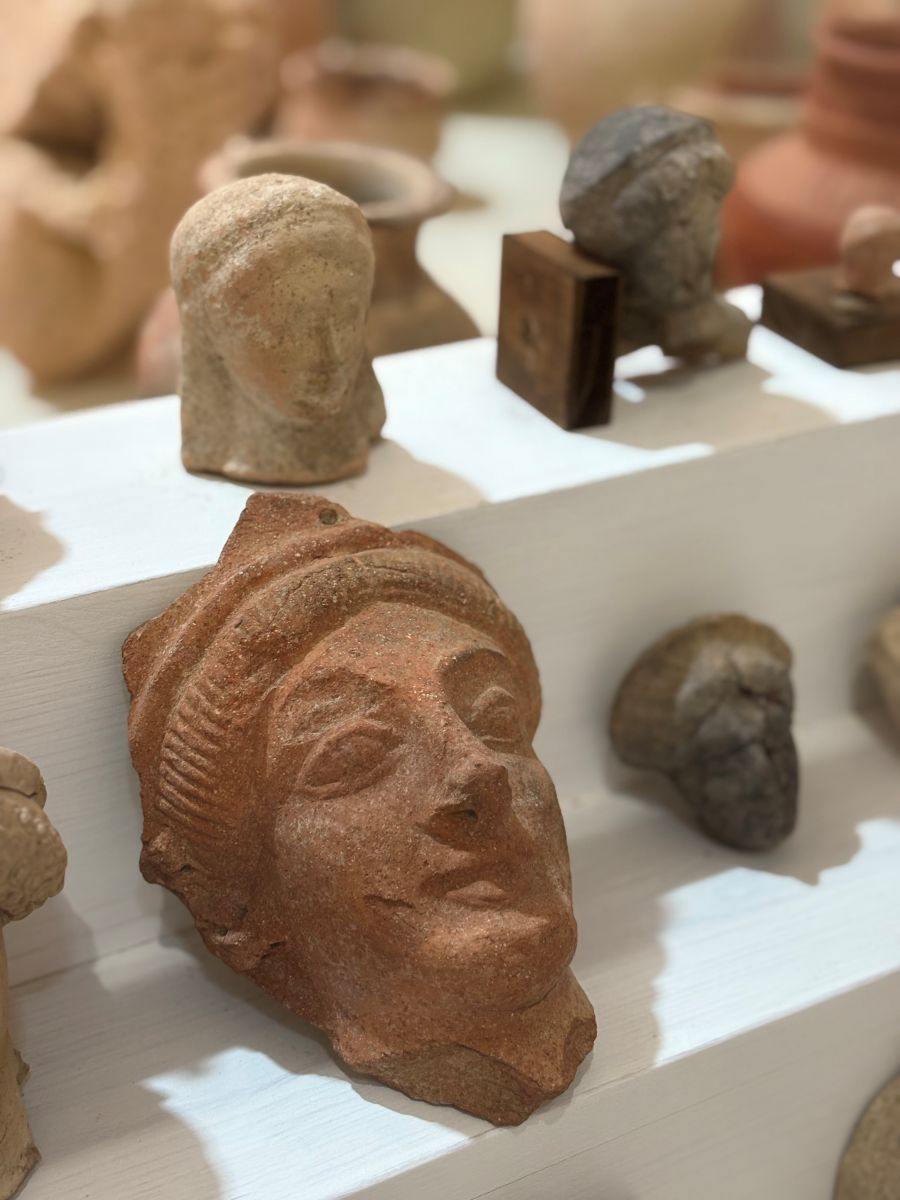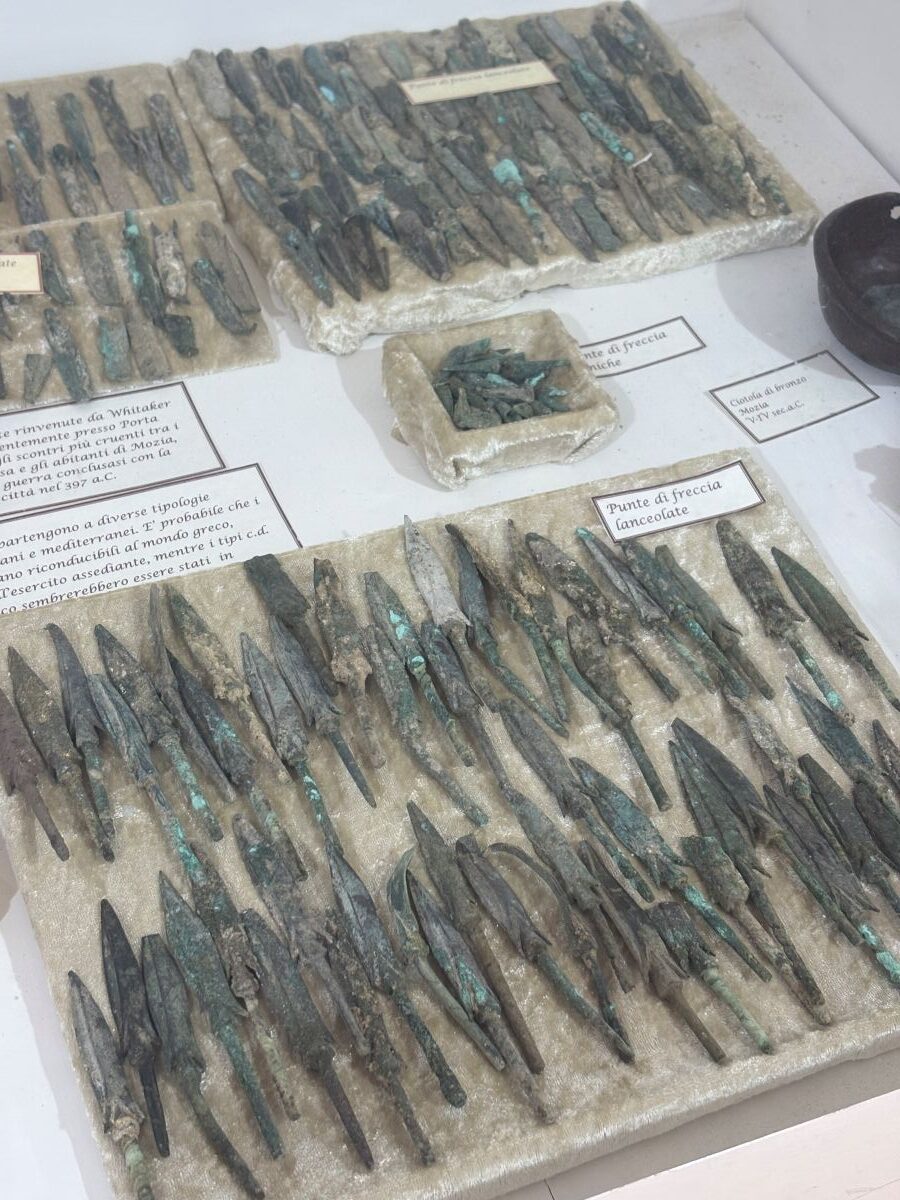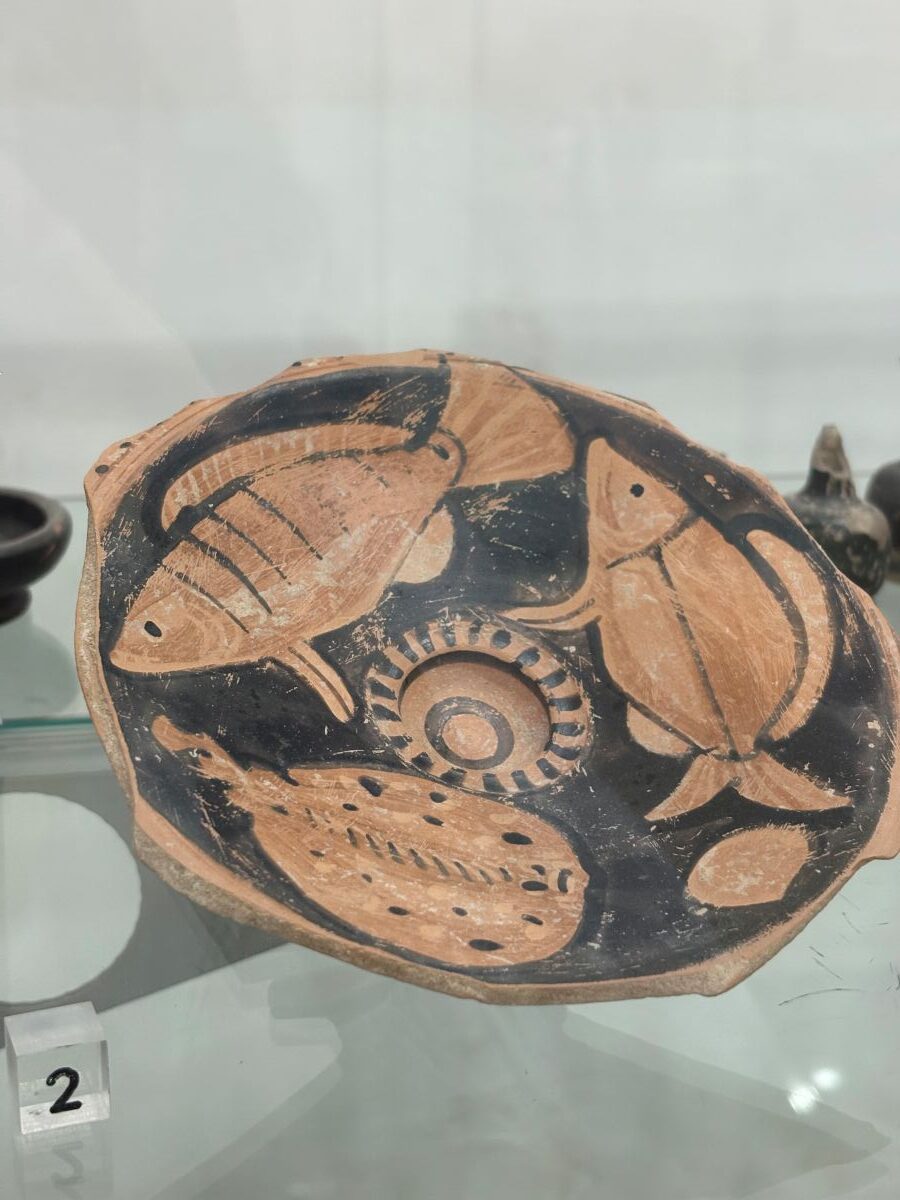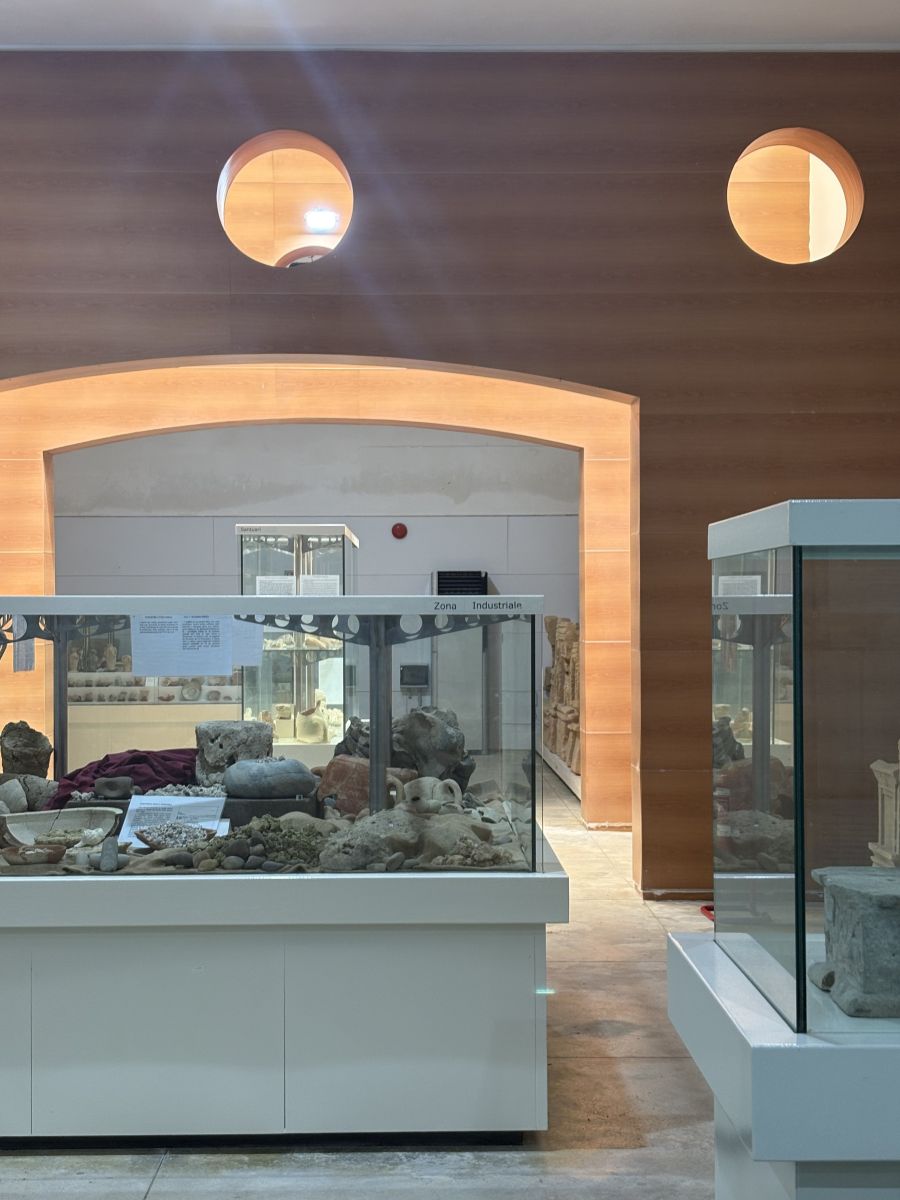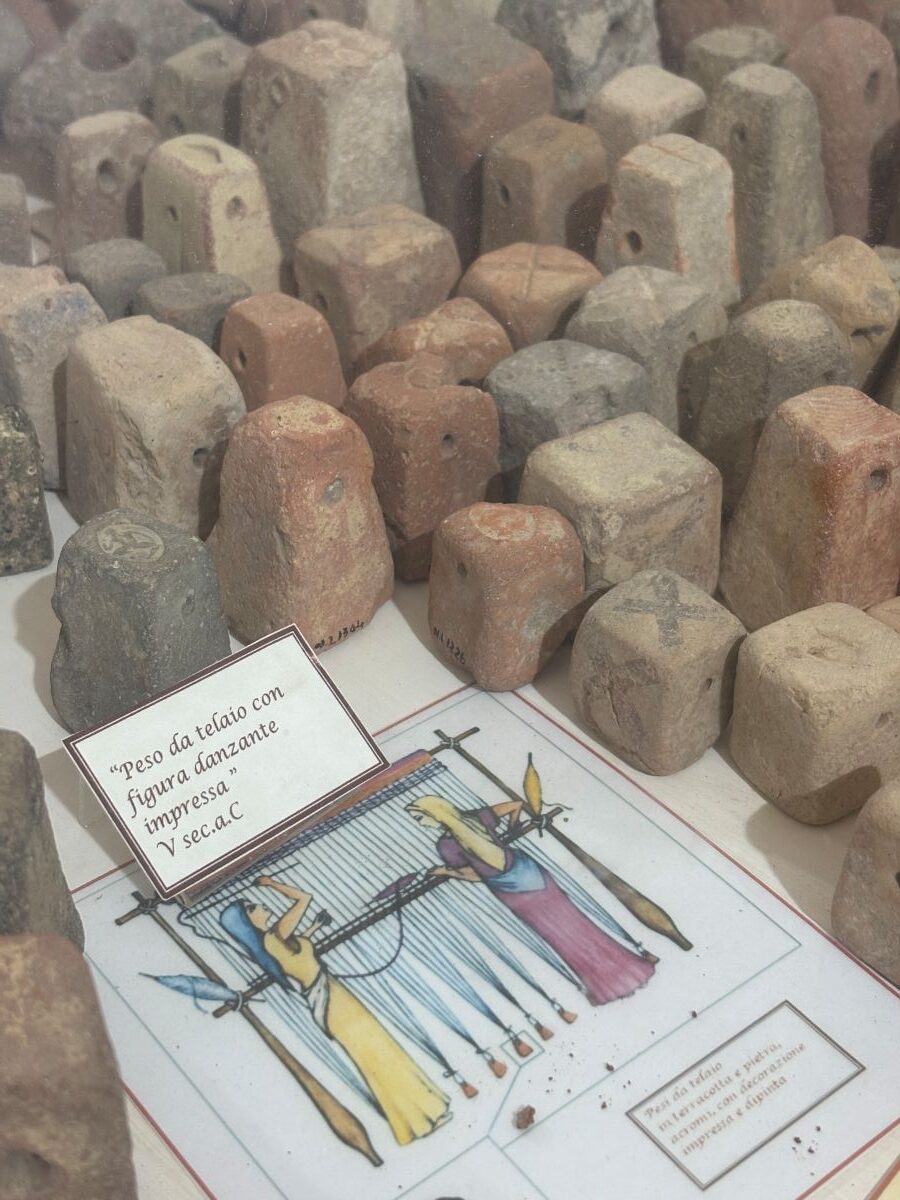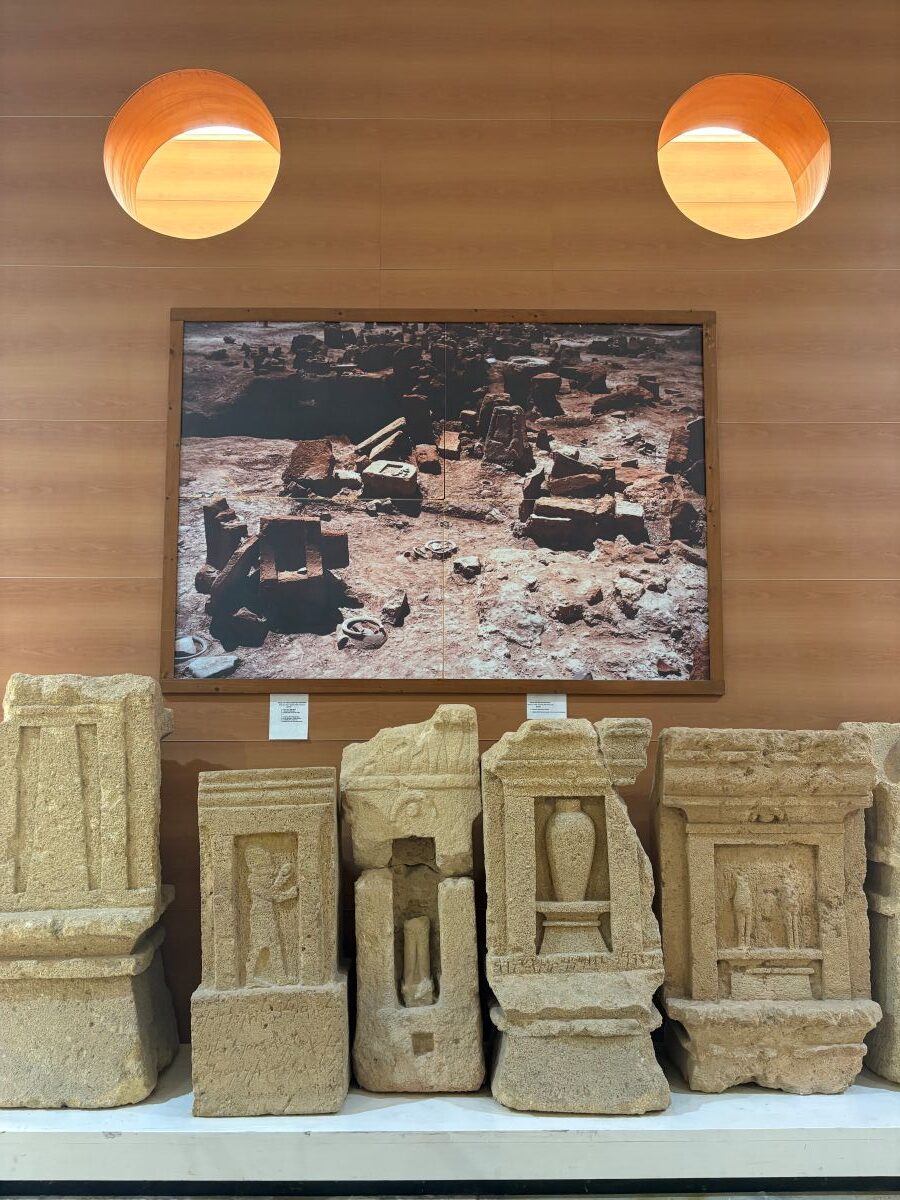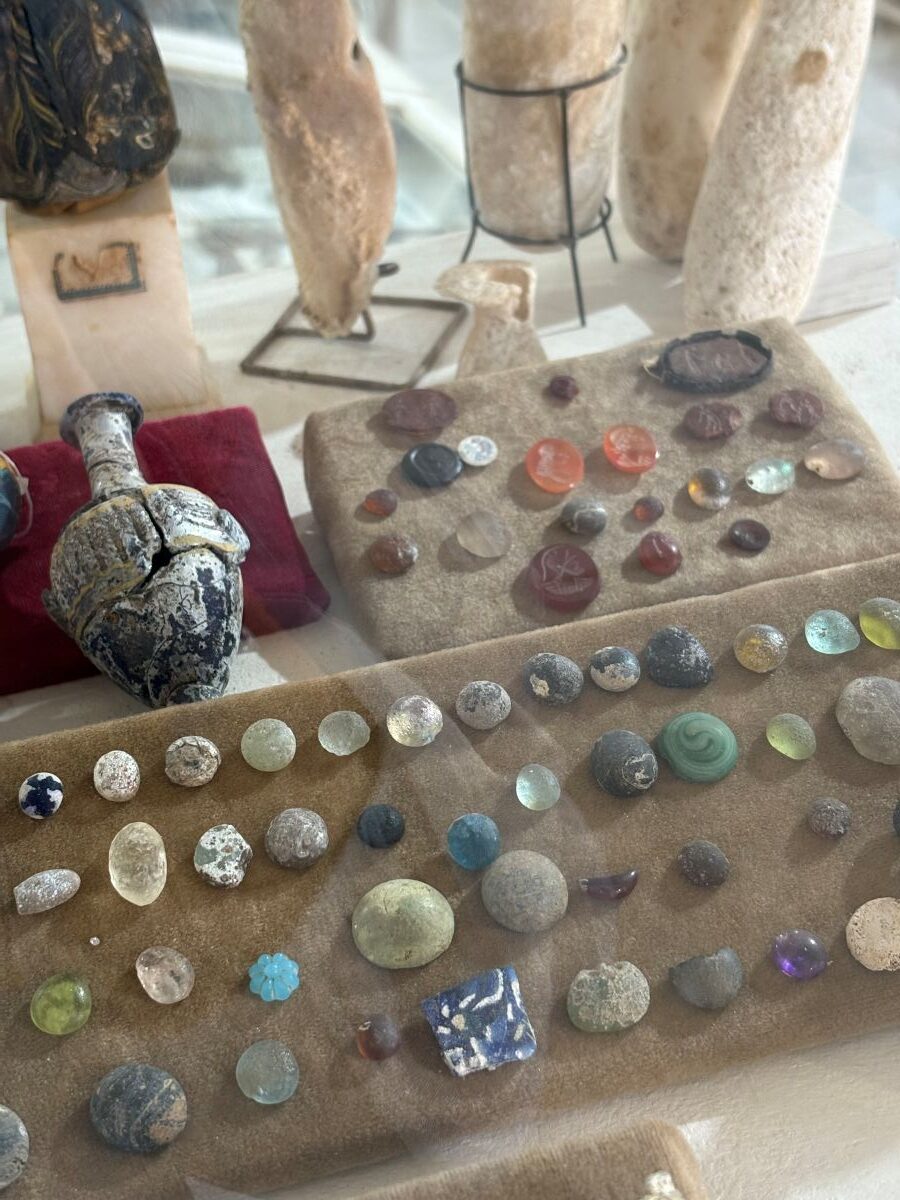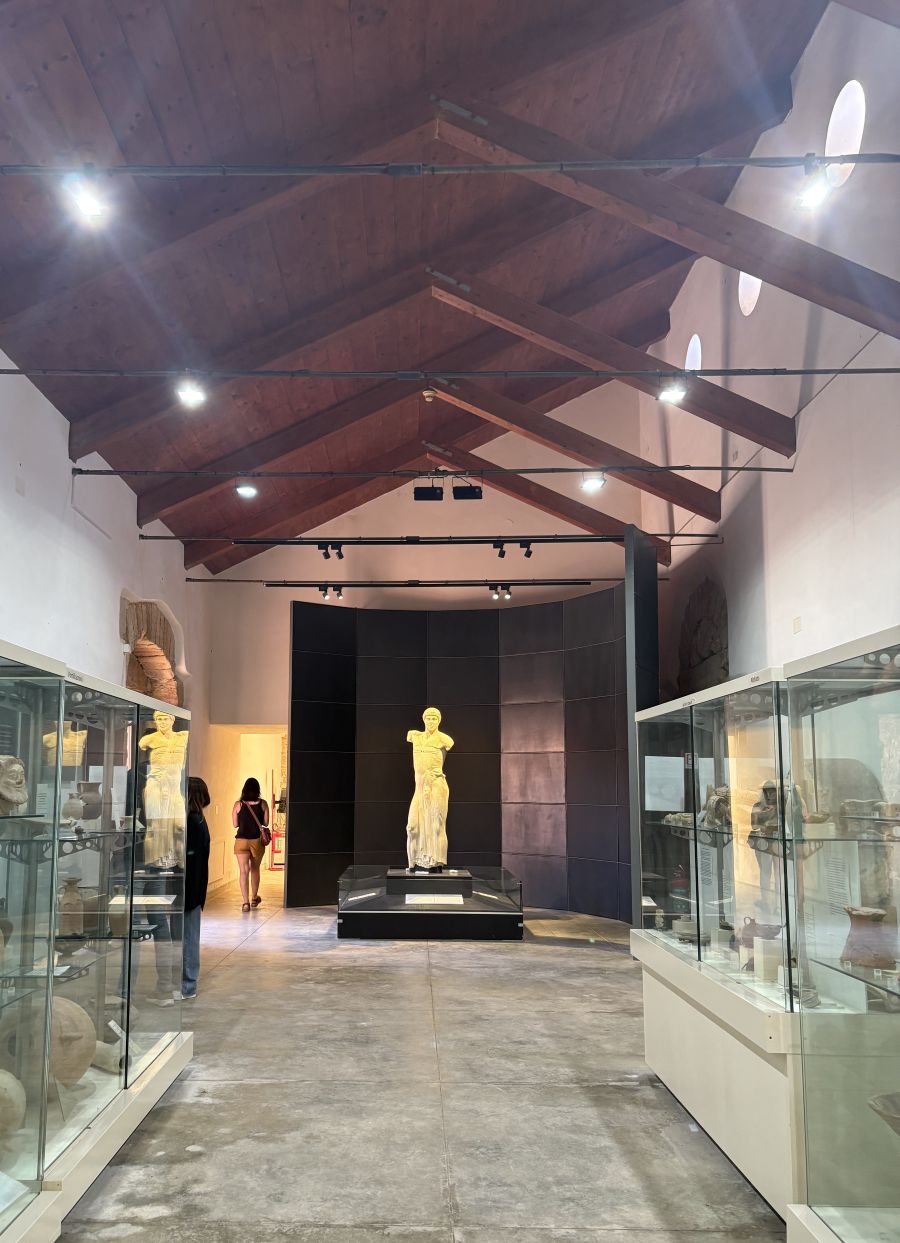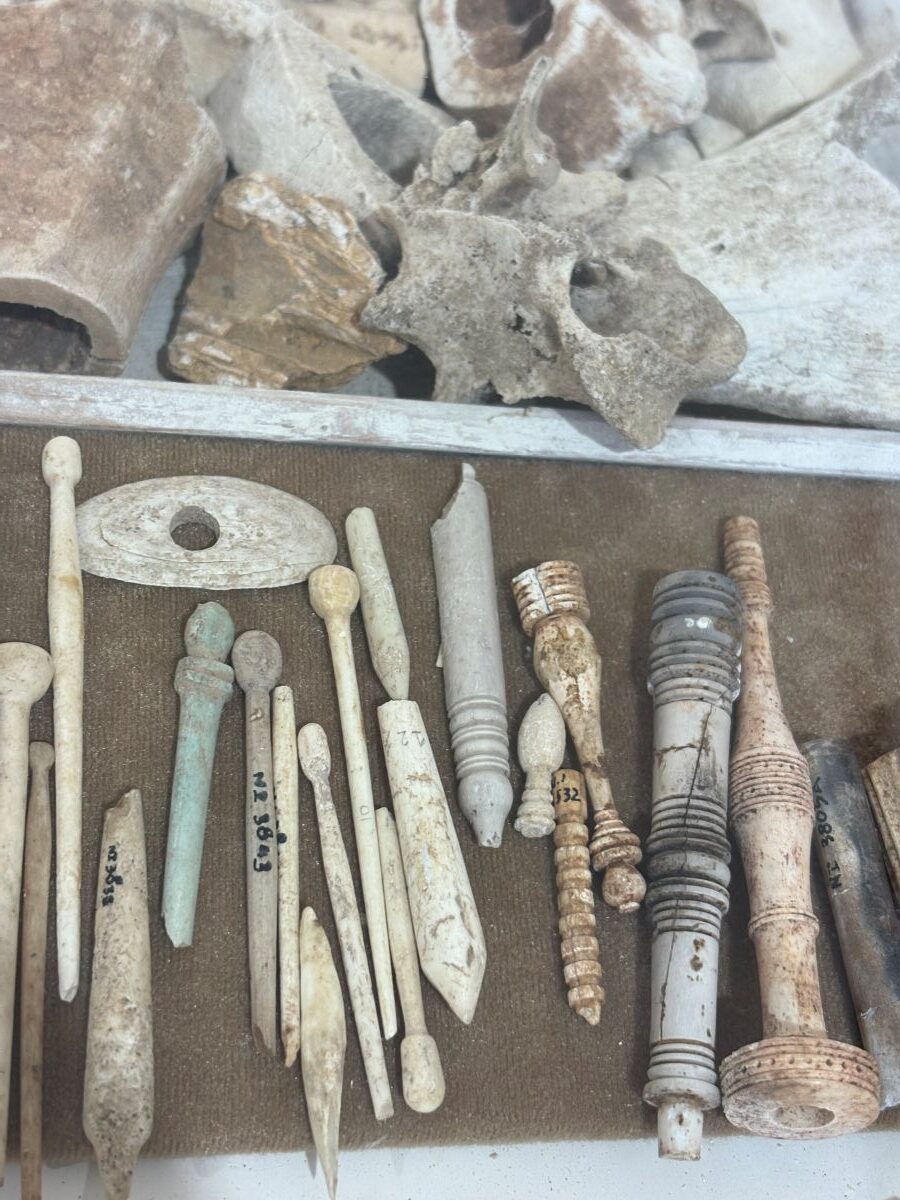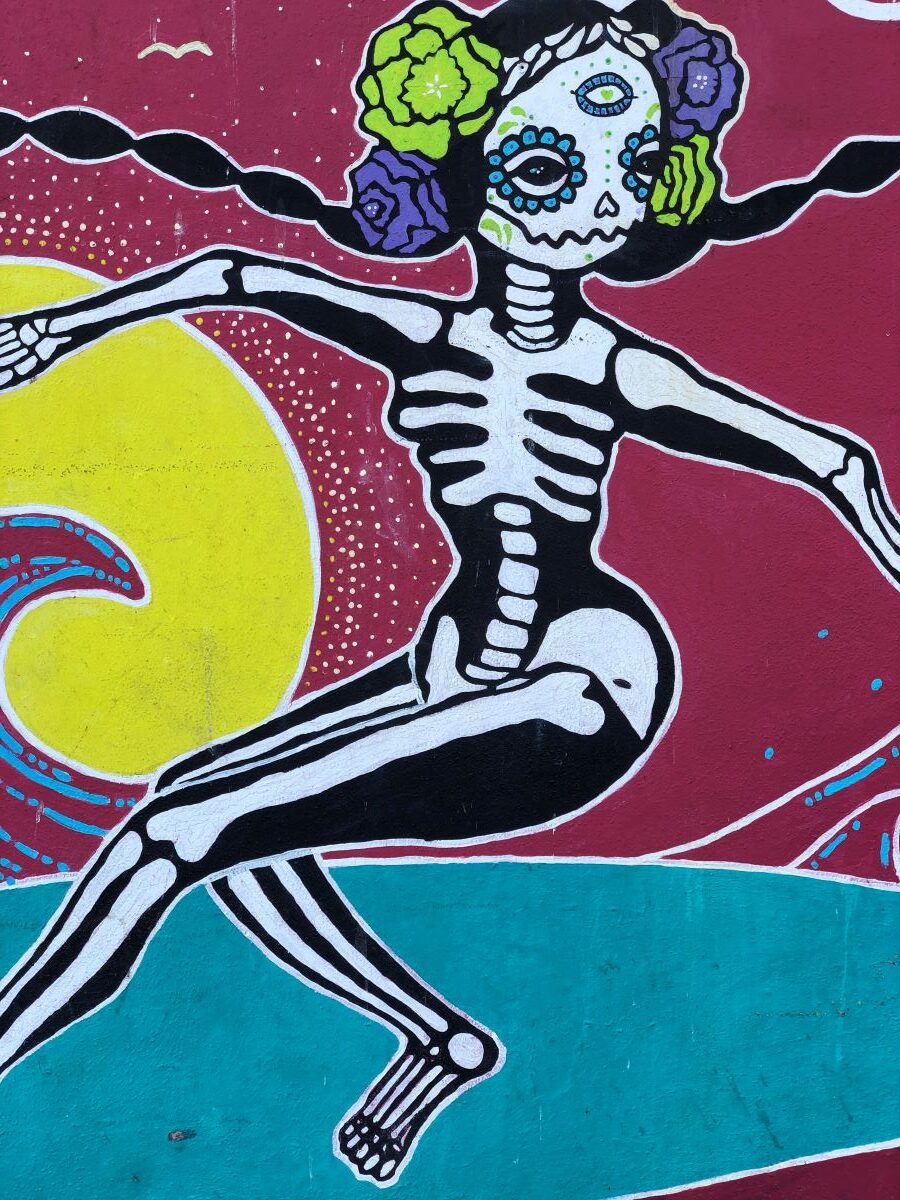Looking for things to do around this area, because I’m finding the city a little bland, I have decided on a day trip that includes a boat ride. I’ll head over to this tiny island with incredible historical significance. The best day trip to Mozia from Marsala Sicily is just what I was hoping for.
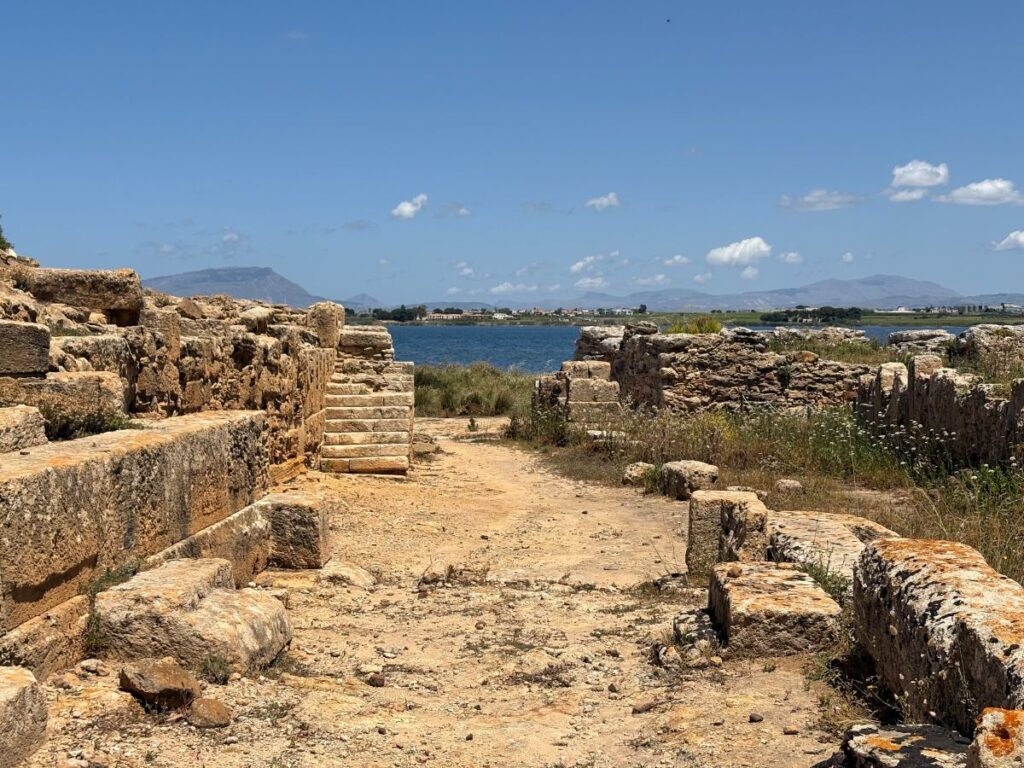
What is Mozia?
Mozia or Mothya is an island off the west coast of Sicily. Around 800BC, the Phoenicians settled here and turned it into a most affluent city. Due to its proximity to Carthage, by around 415BC, it had become one of the most important Carthaginian sites in Sicily.
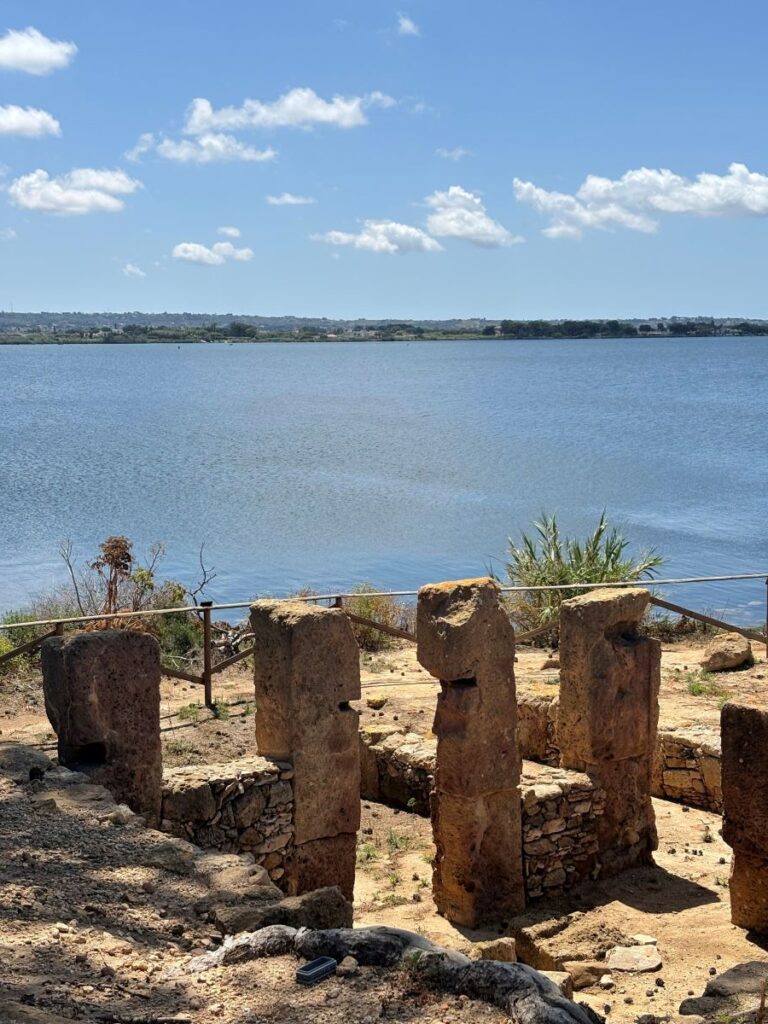


Mozia was later conquered by the Greeks and Romans who lived here for centuries. In the Middle Ages the island was inhabited by monks who settled and renamed it San Pantaleo. In 1888, an Englishman named Joseph Whitaker discovered the island, saw the plethora of archaeological remains and purchased the land. Only then was he allowed to begin excavations which have been ongoing ever since.
Getting There
I have walked up to Saline Genna from Marsala, the closest salt pans to the city. It took me 50 minutes along a road with no shoulder or sidewalk. From here I purchase a ticket for the boat over to Mozia. Cost is €10 for the return trip, plus €10 for entrance onto the island.
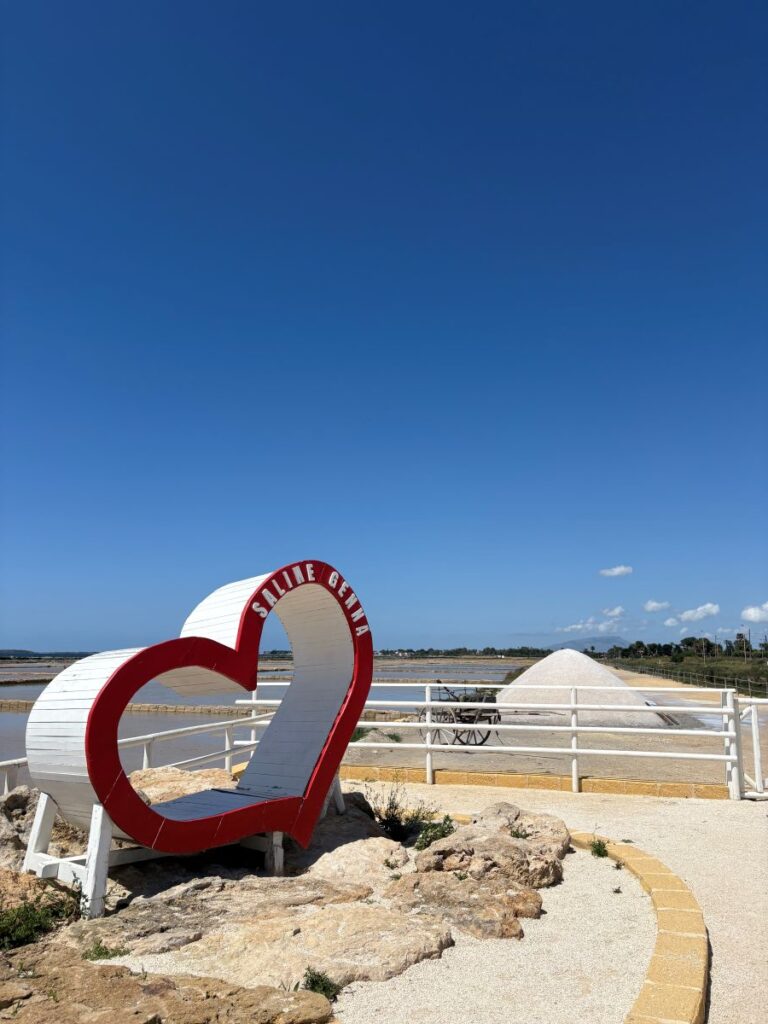
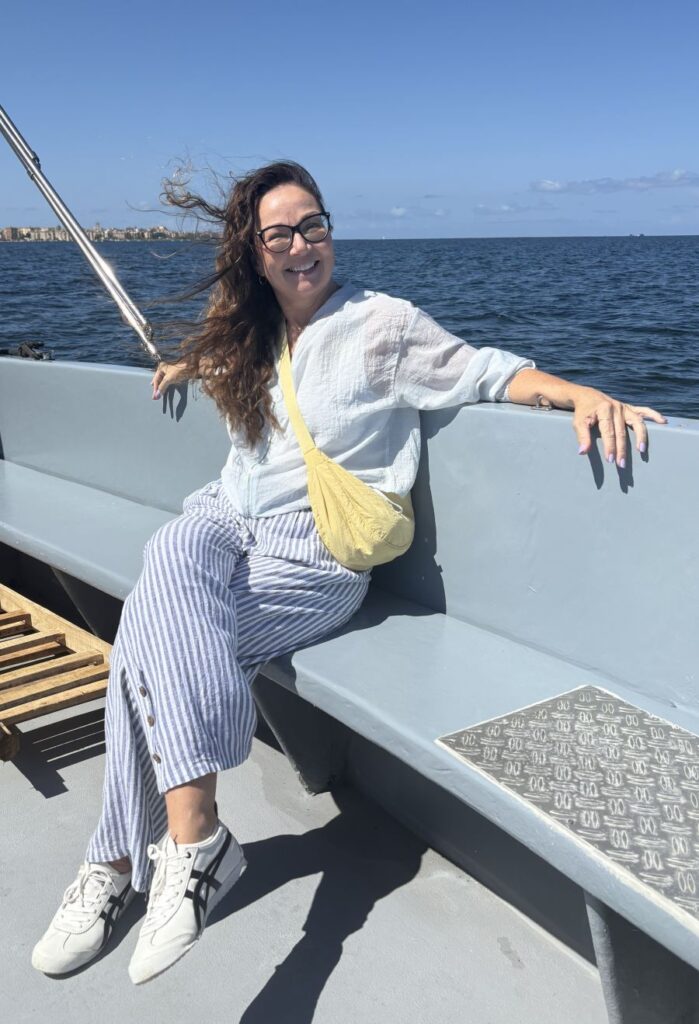
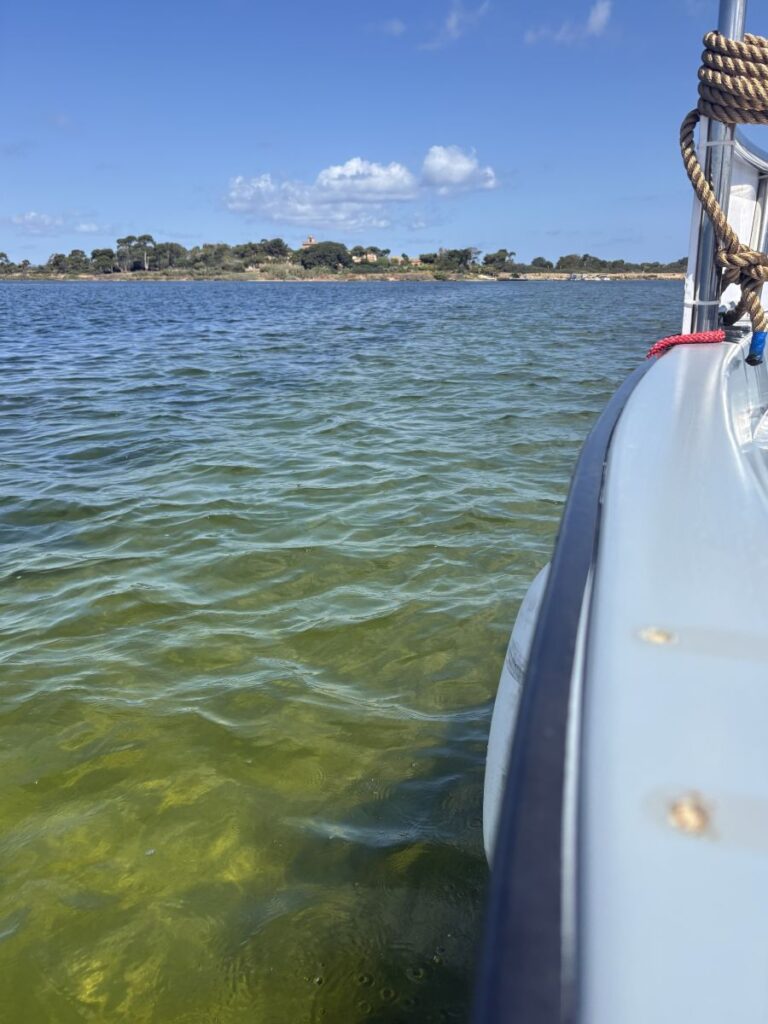
The entire island is a living museum including a brick-and-mortar museum closer to the boat dock. There is even a working vineyard and winery still active, and taking up much of the space in the middle of the land.
Museo di Mozia
Once you have arrived at the Mozie dock, you will follow a path that takes you first past the ticket booth, where you show your pre-purchased ticket or pay the entry fee. Continue on past the café, and you will arrive in front of the largest building on the island, the Museo di Mozia. I was expecting a small and humble space, instead I am delighted to have discovered a museum housing so many treasures, I really am astonished.
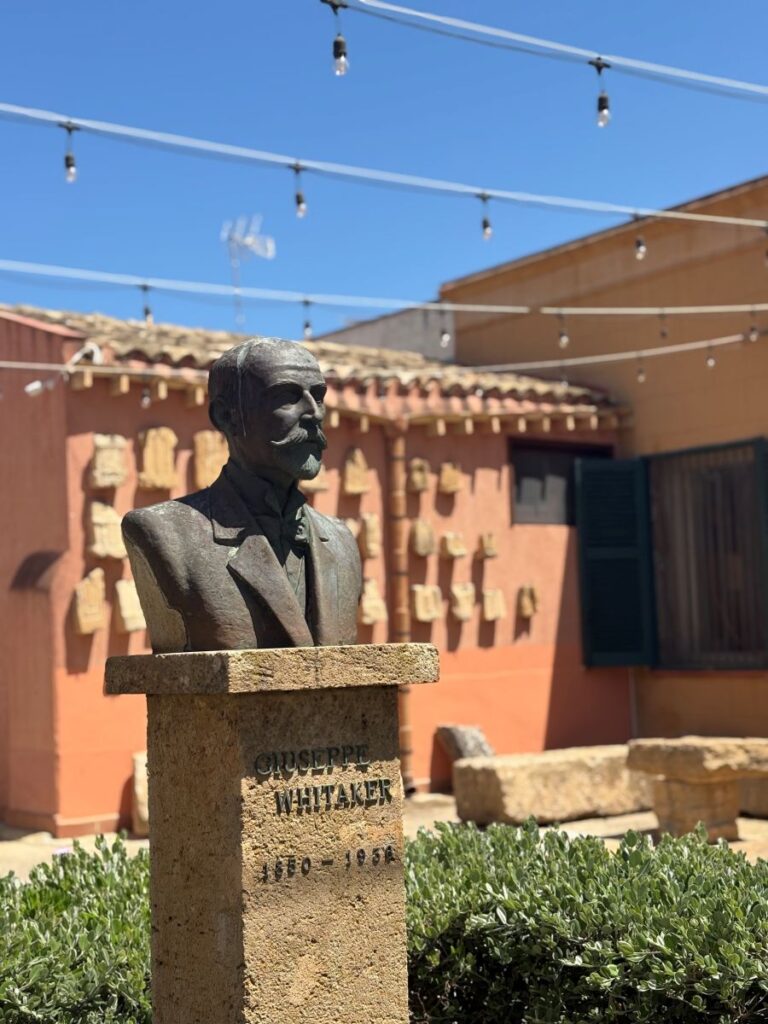
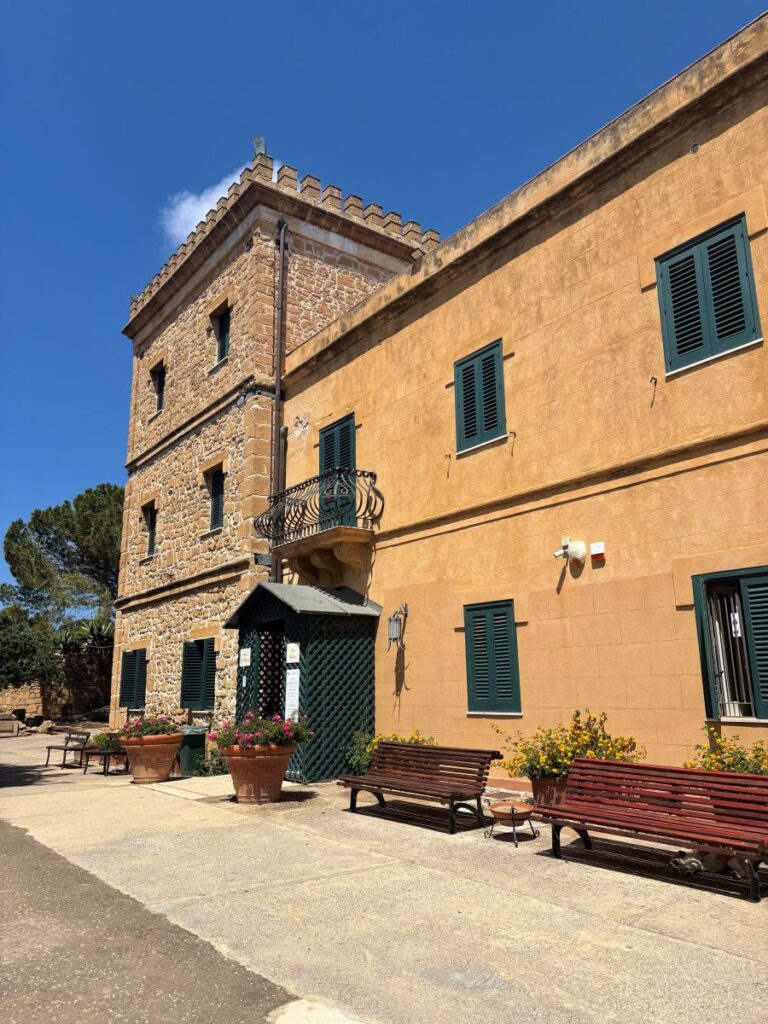
The ‘Youth of Mothya’ is arguably the most important relic. He is a marble statue of a charioteer from the second quarter of the 5th century BC. This carving was done in Sicily and is masterful. The folds of the fabric and placement of the hand, skull cap and hair curls are so delicately detailed.
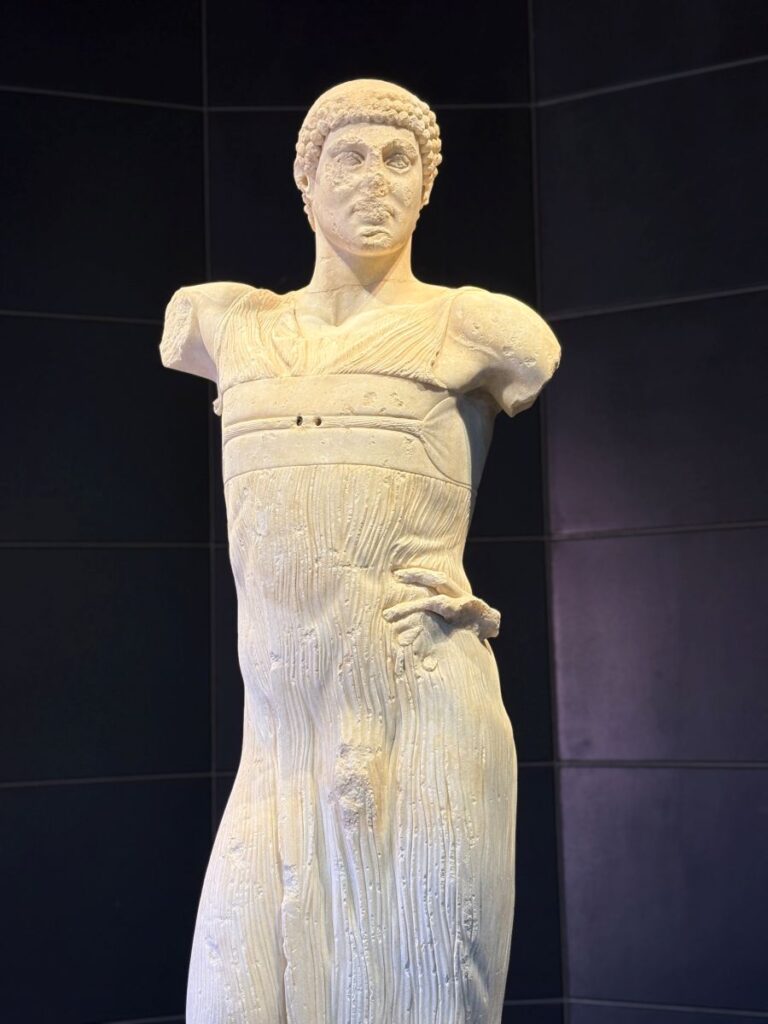
The remainder of the museum is case after case stuffed with artifacts. These include everything from raw pottery, painted pieces, weapons, intricately carved bone instruments and weaving weights. Other pieces are a plethora of oil lamps, glass, jewellery, masks, figurines and an abundance of tombstones.
The tombstones are quite small and most have a single figure at the centre. These would have been placed in the cremation tombs at the large necropolis and another site called The Trophet. This was a type of cemetery for the cremated remains of children that were used in sacrifices.
Break Time
Now is a great time to have a little sit down in the garden and enjoy a coffee and Sicilian sweet treat. Head on over to the café and order yourself a cappuccino and a Genovesi Ericine. Mine was still warm from the oven and consists of a flaky biscuit filled with a lemon flavoured sweetened ricotta. Oh my. There is also a selection of sandwiches if you require something a little more substantial.


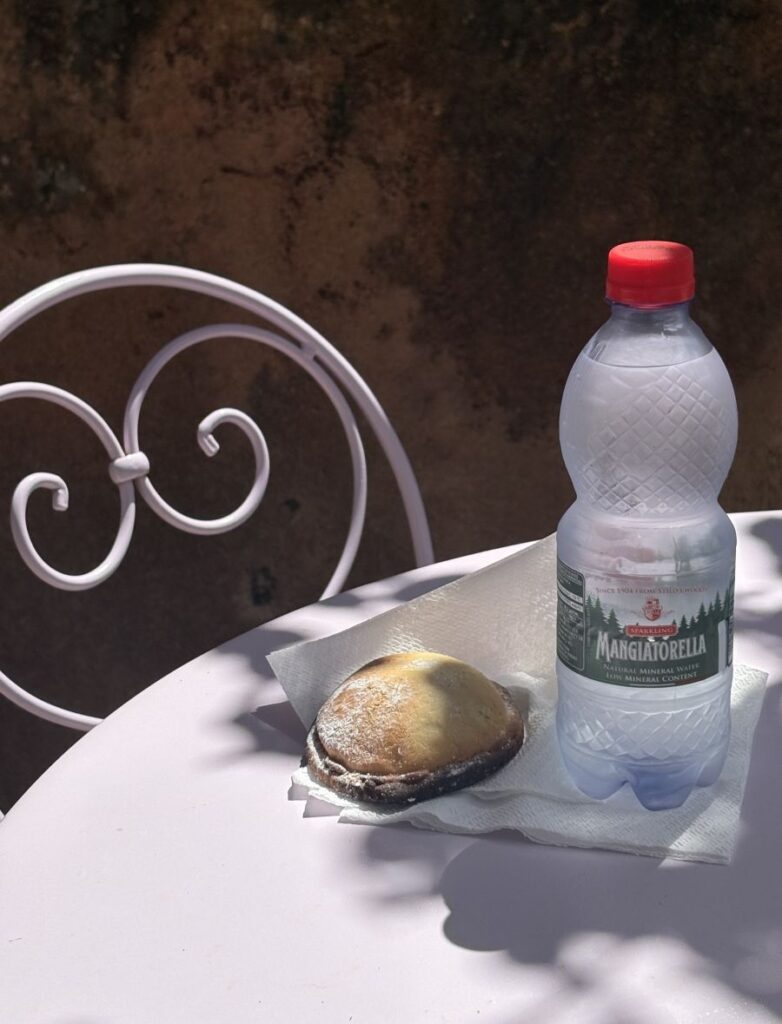
The Sites
Now leaving the cafe, take either direction and head out onto the land itself. Here you are going to find all of the ancient ruins scattered across the island. Most are located close to the water and the middle of the island is where the vineyard is situated.
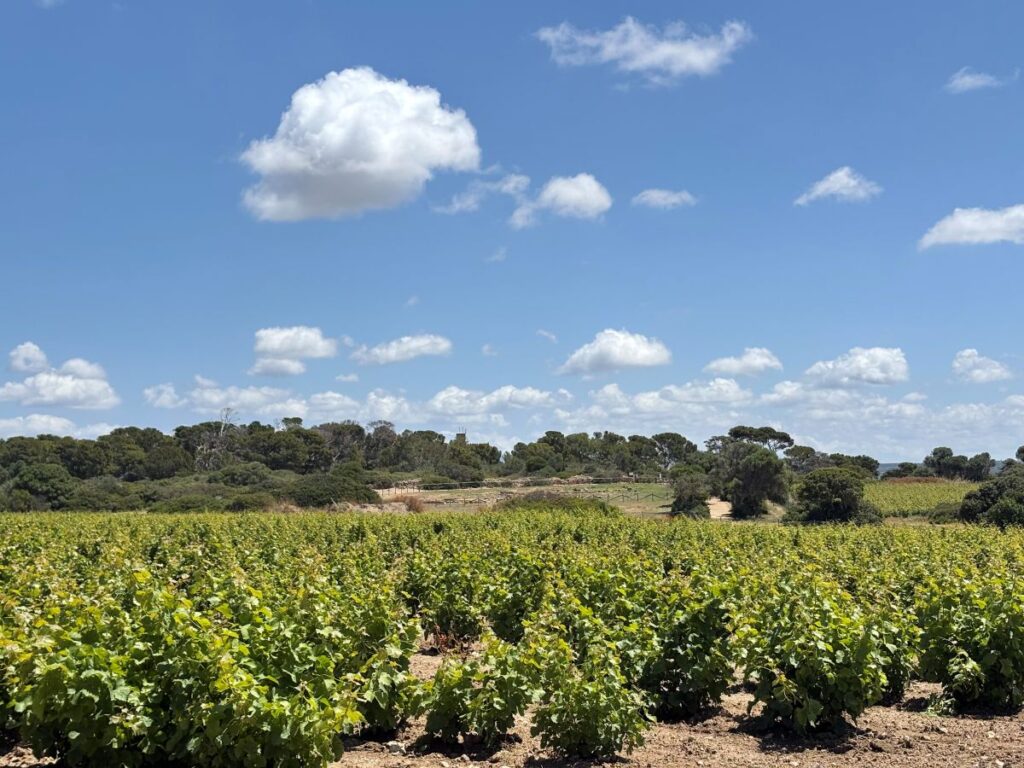
Specific places not to miss are the House of Mosaics, the acropolis, the cothon and accompanying temples, the western fortress & gate, the necropolis & trophet, the north gate & shrines, and the ceramic workshop and kilns.
House of Mosaics
Only a portion of this house has been explored and excavated. The arcade and the courtyard have exposed an incredible mosaic floor, the only one of its kind in Sicily. Made with black and white pebbles, it depicts, mythological animals bordered by three patterned bands.

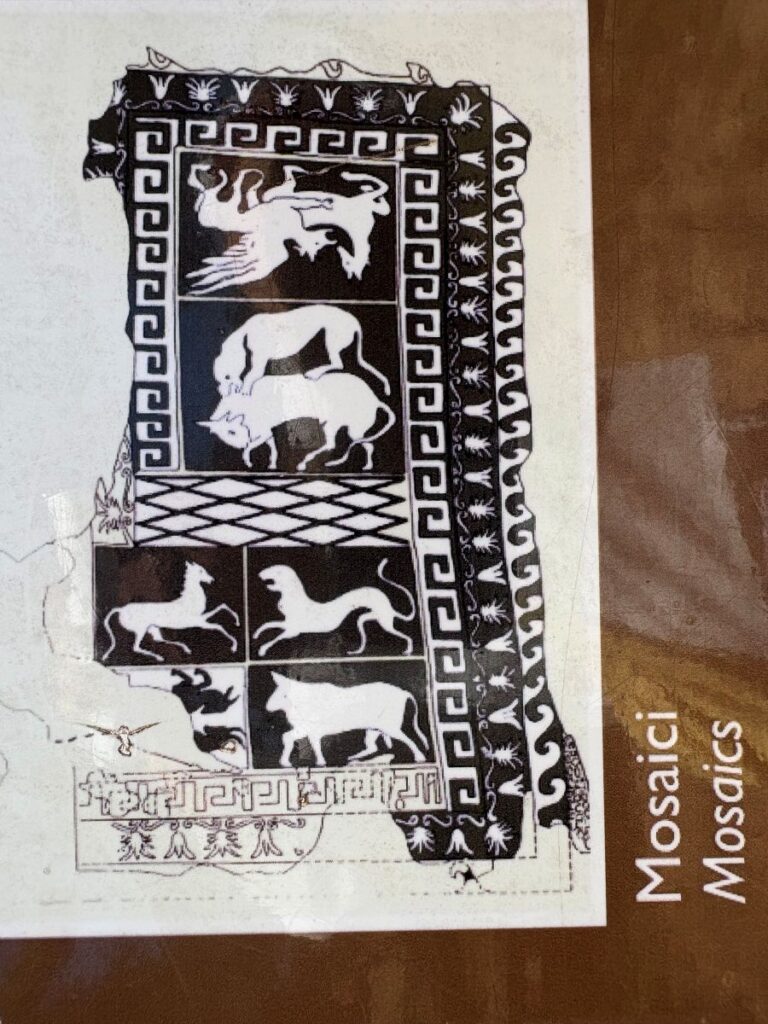
The Acropolis and Cothon
The acropolis housed the primitive village and was where the residential quarter was concentrated. Beside that is the cothon which is a large artificial basin fed by a natural spring. This was a sacred area containing three temples and is where ritualistic cult practices were performed.


Necropolis & Trophet
The necropolis is perhaps the most interesting part of the ruins. It is positioned beside the trophet and one is indistinguishable from the other. There are approximately 200 graves of two different types. The earliest are the square urns for the cremated remains. These were constructed using large slabs of stone positioned into a cube with a single slab placed on top. Inside were the ashes and a personal belongings, such as weapons and jewellery.
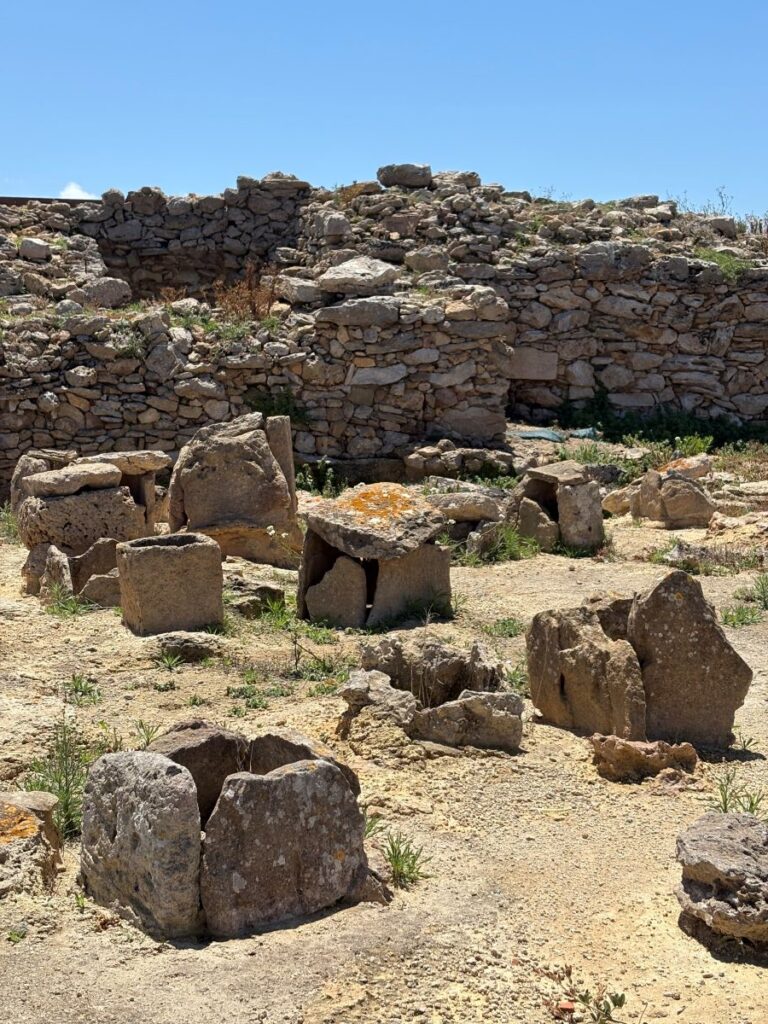
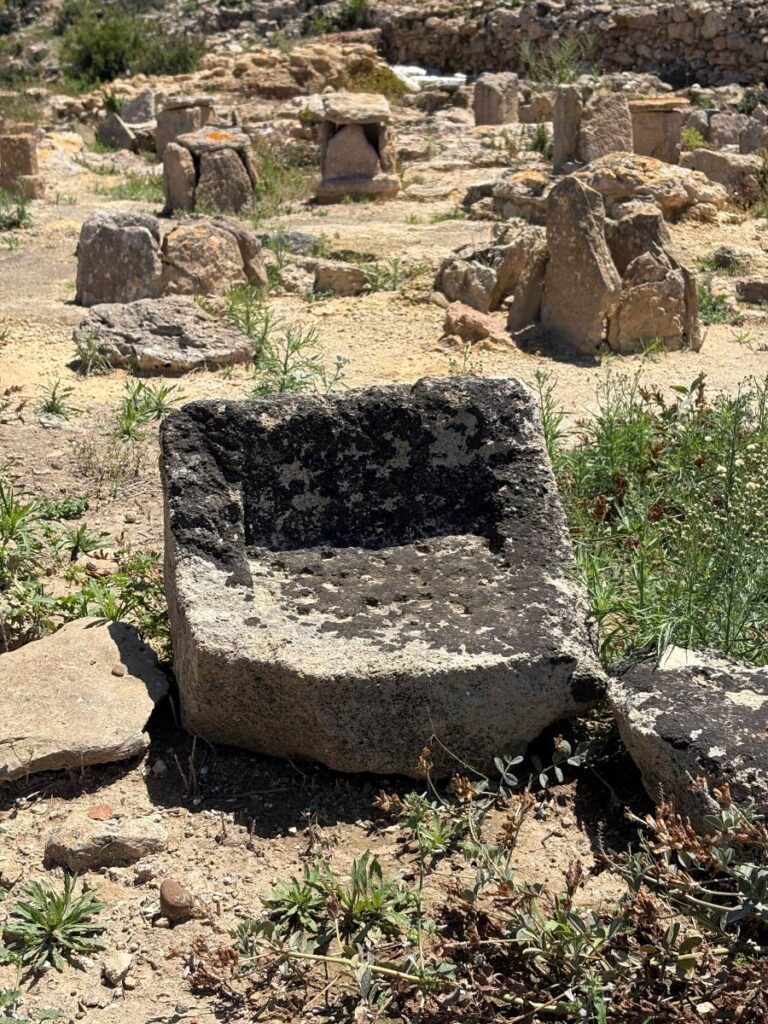
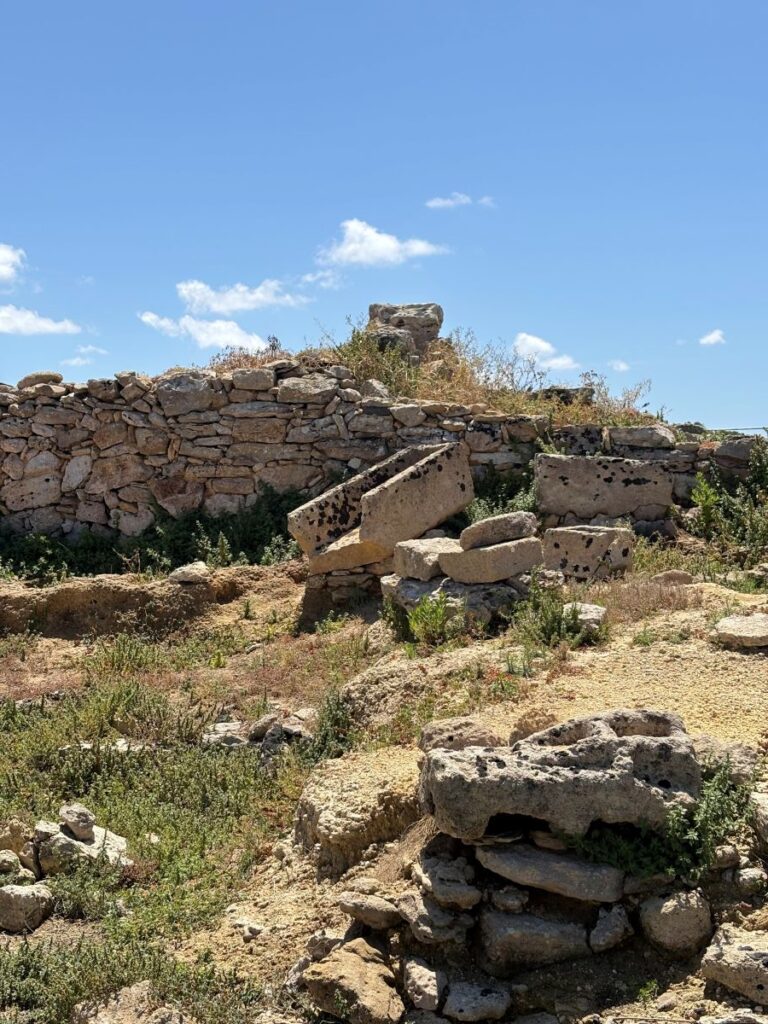
Around 600BC the second type of burials appear and these take the form of internment. Roughly carved sarcophagi can be seen and inside these the body would be placed along with their belongings.
North Gate & Shrines
The area of ruins that seems to be the most intact, requiring less imagination from us visitors, is the north gate and shrines. These structures were built at different times between the 5th and 6th centuries BC. The discovery of sacred objects and cult items tells us this was an area for rituals.
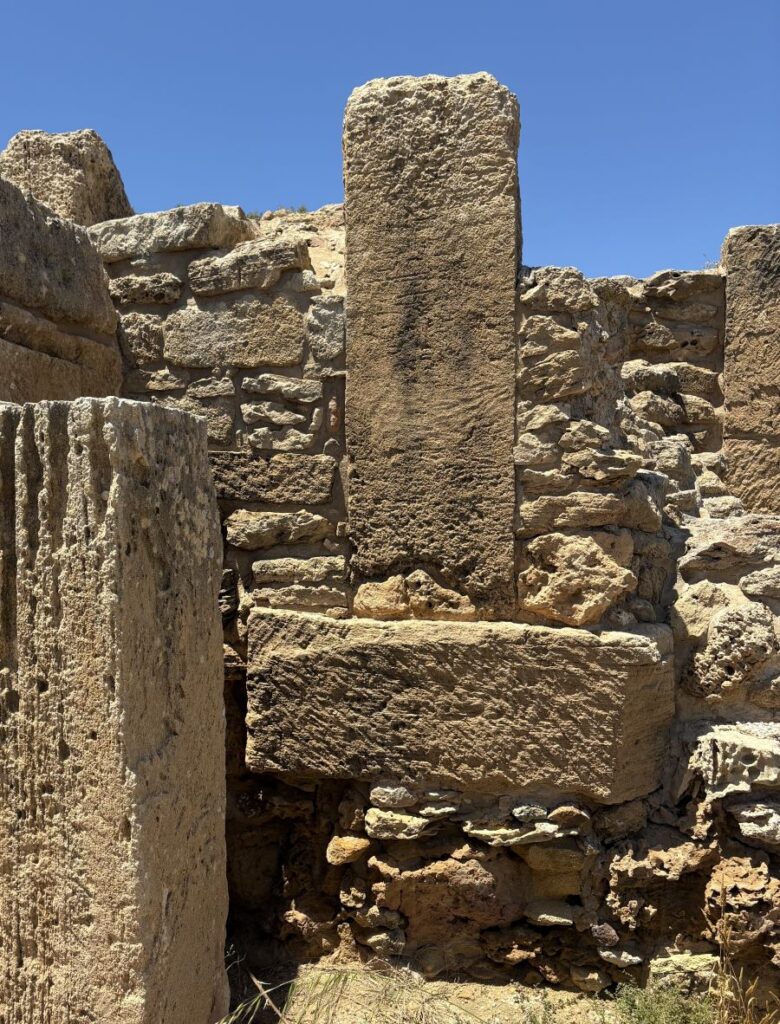
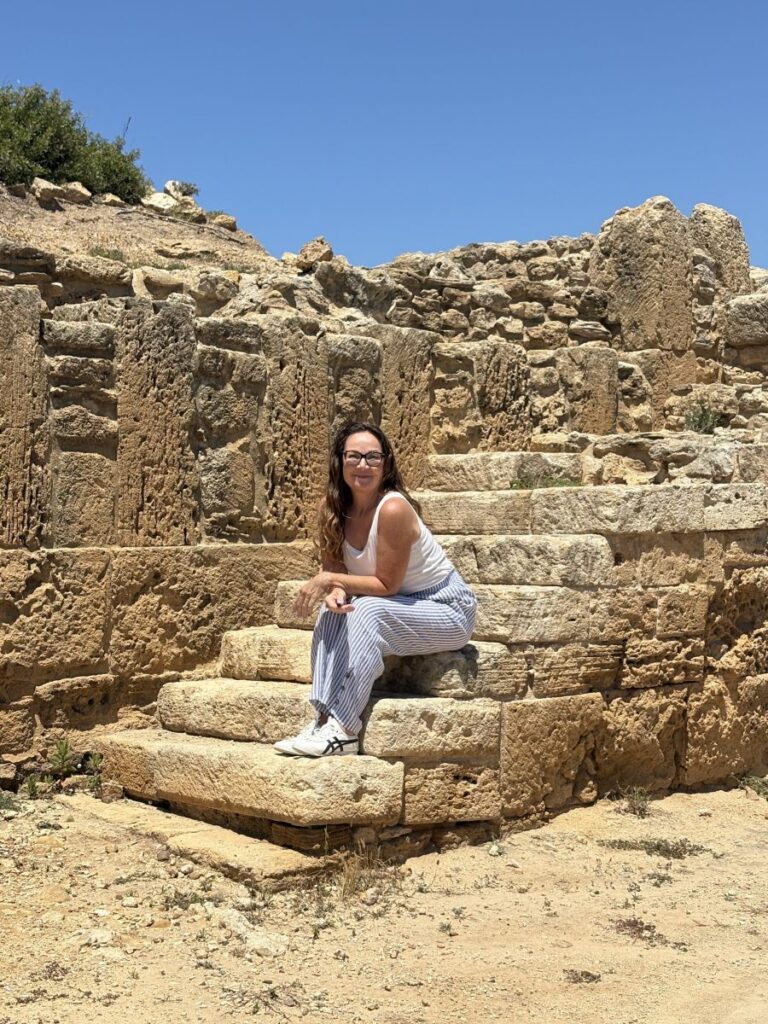

Interestingly, here also was a land bridge! Measuring 2 kilometres long and 7 meters wide, it connected the island to the mainland of Sicily! At low tide this causeway can still be seen just under the surface of the water.
Ceramic Workshops & Kilns
This area piqued my interest for two reasons. Firstly, it is in a state of active excavation and foot traffic is not allowed into the site. Secondly, a very unique item was created here. The Phoenicians were famous for their production and trade of purple fabrics. Purple represented the most prestigious colour and gained symbolic value as it began to represent all things regal.
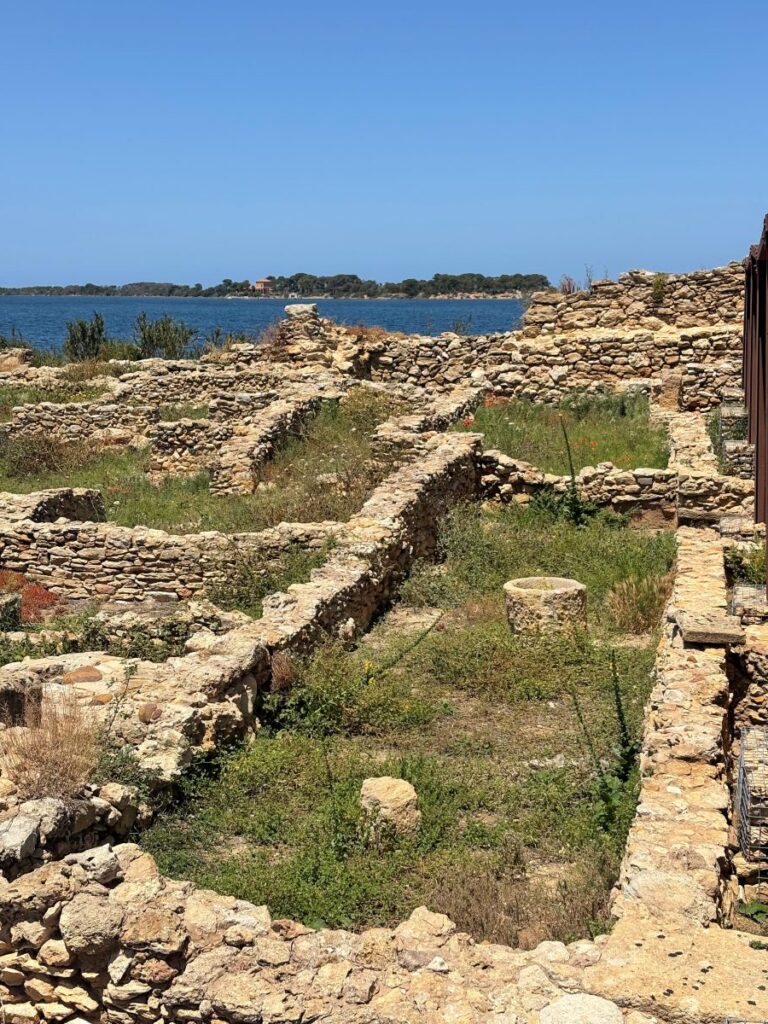
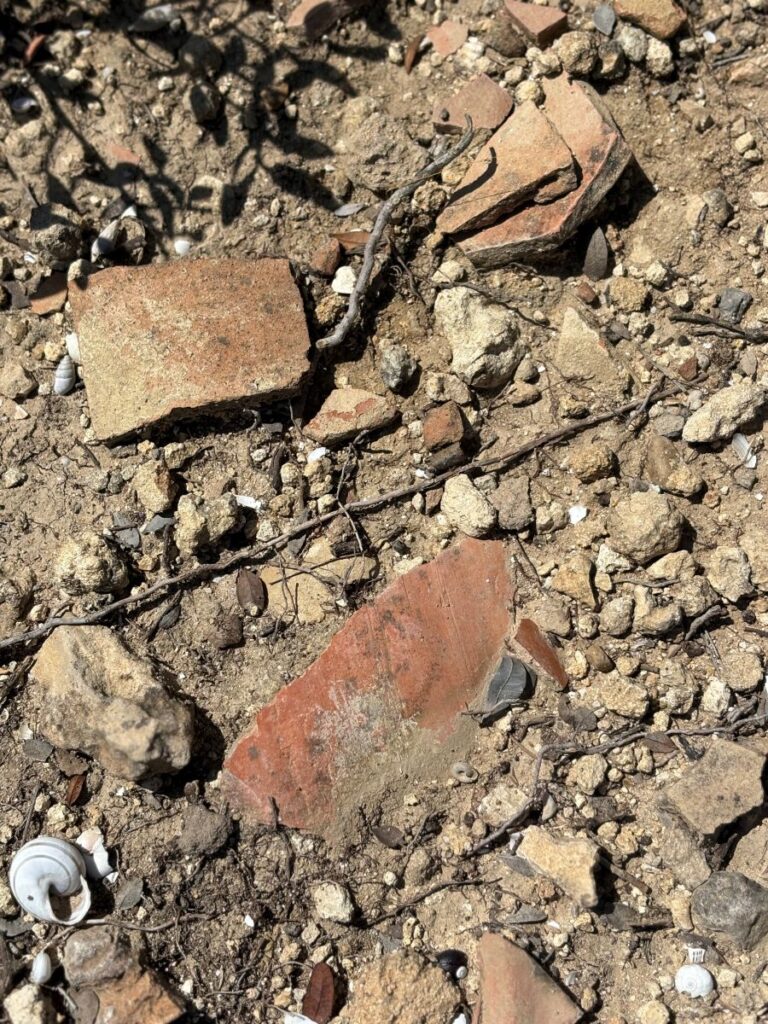
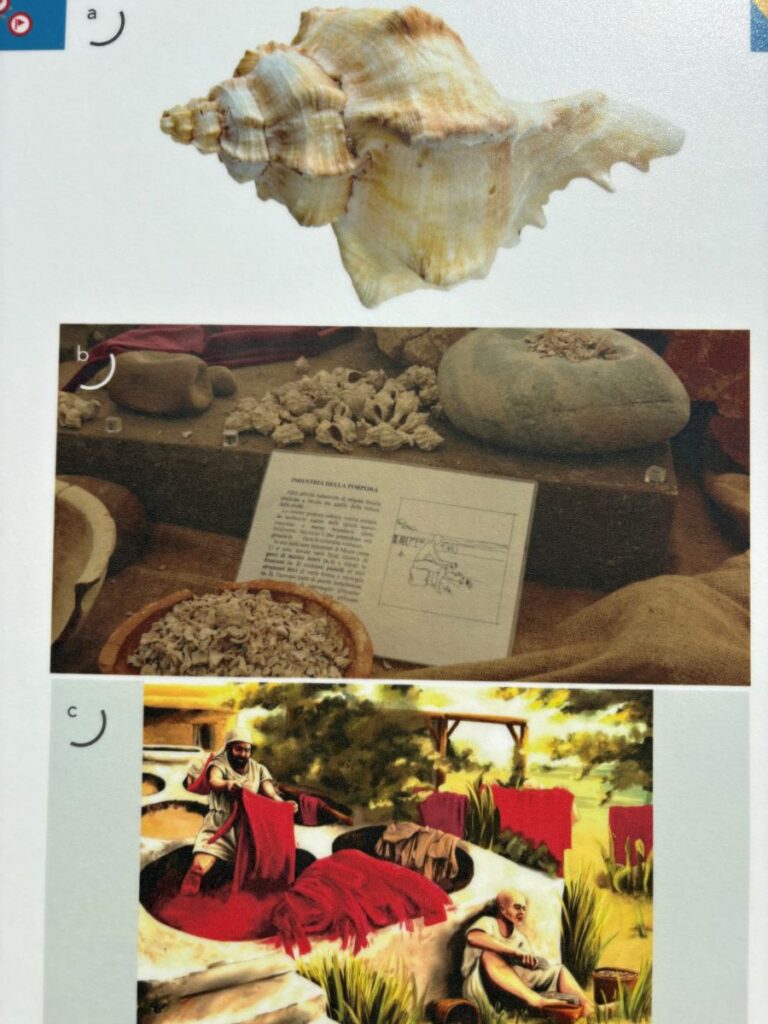
The dye was made by crushing a specific type of shell. After the shells were collected using nets, they were smashed with the sea creatures inside, and left to soak in fresh or salt water. A gland in the mollusc called the hypobranchial gland would excrete a liquid. After three days, this was collected and decanted and then boiled. At this stage the liquid is still clear.
The fabric is then soaked in the dye bath and laid out to dry. It is only during the drying process that the purple colour emerges! Repeated dying was used to create a deeper and richer tone. Dying a single item required thousands of molluscs and the bath could not be reused.
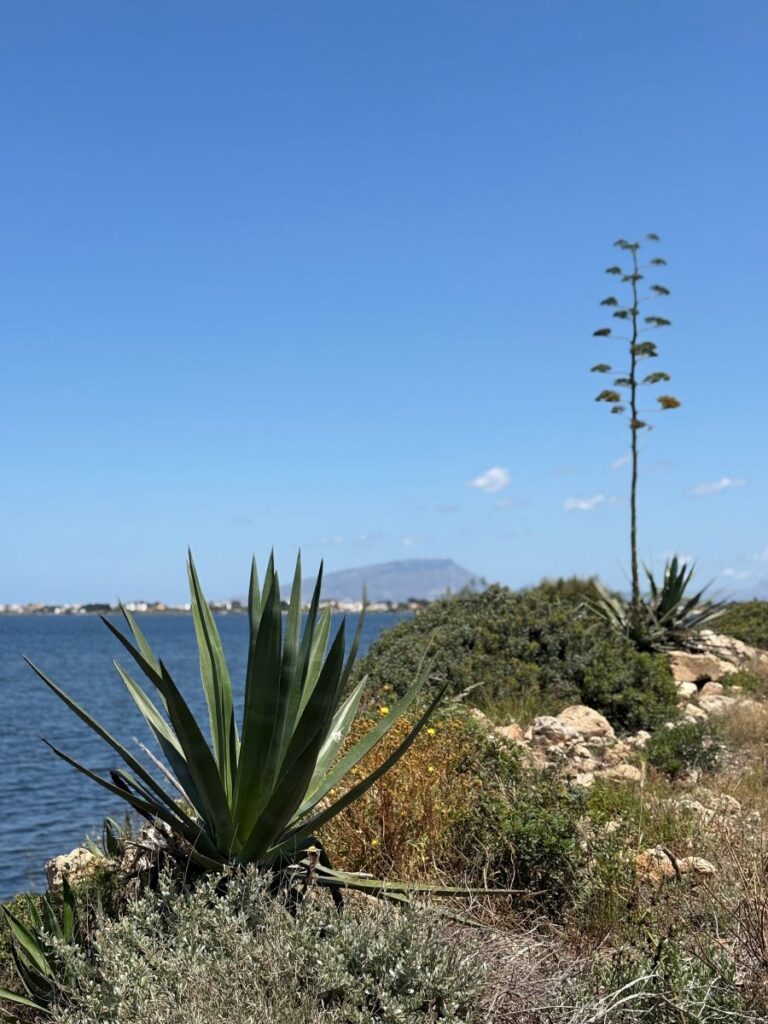


The island of Mozia is a history and nature lover’s dream. Wander around to your hearts content, enjoy all things ancient and let your eyes scan the charming bright green vineyard. The azure seas of the Mediterranean are ever present, as is the breeze and warm Sicilian sunshine. Mozia is a day trip that I can highly recommend and can be enjoyed by children and adults alike.
